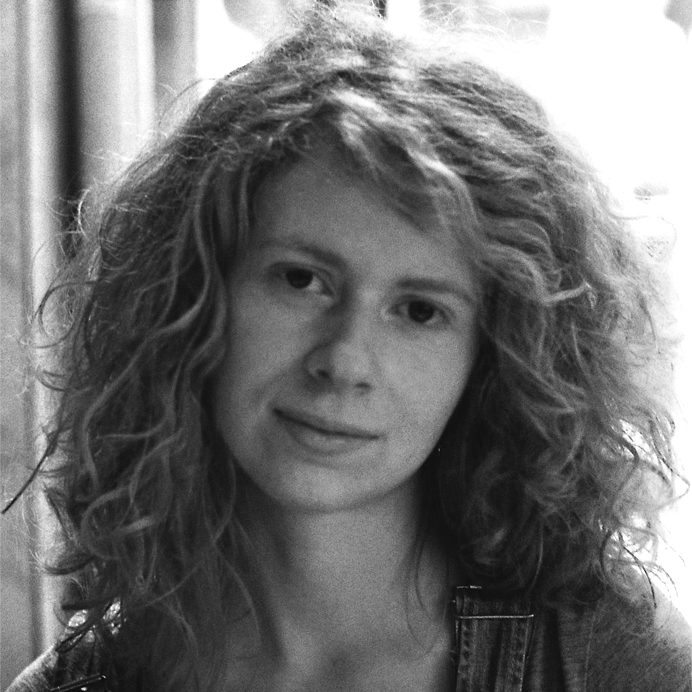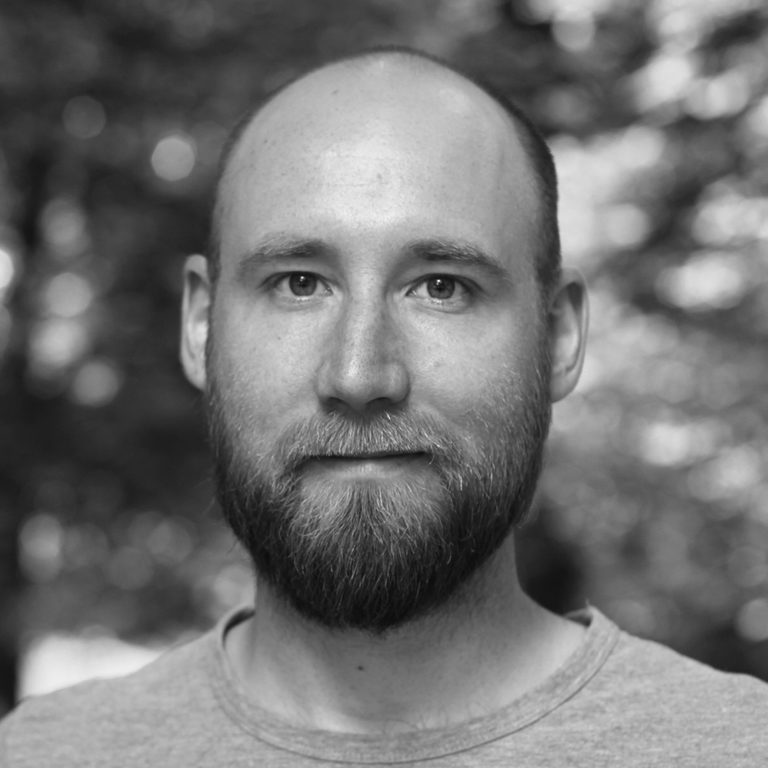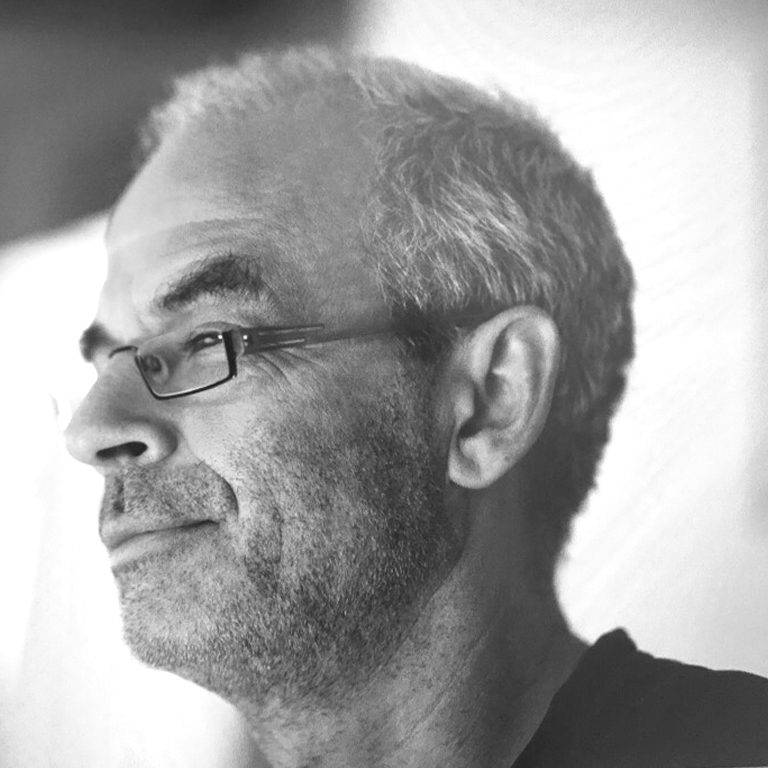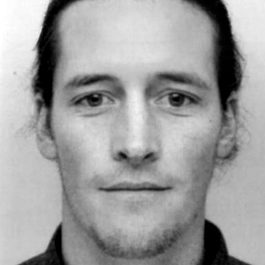The perspective of the city constitutively presupposes peripheries – whereas from the perspective of the land, which today we usually perceive as landscape, peripheries do not exist. Cities are referred to via attributes such as the public sphere, specific characteristics, intrinsic logic, subjectivity, use value, integrating effects, openness, encounter. The land has lost all these aspects and an exclusively aesthetic perspective on landscape cannot replace them.
And yet it might be a mistake to bring up periphery at all, to think in terms of peripheries, as in other abstract spatial categories such as ‘rural’ or ‘suburban’, which emphasise the separating aspects. Virtually no one today who wants to explain the phenomenon of the city, primarily relies on the abstract terms ‘centre’ and ‘urban space’. Rather, they describe actual places and characteristics; instead of separation, they tend to highlight the dialogue of figure, spatial structure, form and sustainable economy as well as social coherence. The city is the medium of:
- Density and mix of residents, construction and infrastructure, social, cultural and economic interactions;
- Accessibility and openness of urban environments, the diversity and variety of cultures and individual lifestyles, as well as social cohesion, responsibility, hospitality, integration, inclusion and civilization – i.e., taken together, progress, innovation and prosperity;
- Development and permanence of the urban fabric and building structures, identity, peculiarity and legibility, but also renewal, sustainability and sufficiency.
This dialogue is always a combination of people and city forms, of history and society. Negotiations on urban structures, from which their spatial qualities should emerge, are invariably based on floor plans and spatial concepts. Today, urban development in any large city is supported by legible ‘historical layer’ analyses, informal framework planning and visualisations, public forums and publications. This form of the city is even described as its landscape – so that the Stadtlandschaft (urban landscape), an abstract category since Bruno Taut, Hans Scharoun and Le Corbusier, today is used again to describe its specific peculiarity. By contrast, landscape in rural and suburban areas only appears as a category in today’s planning practice – typically as a protected area, regional green corridor or as an area with regional planning objectives in formal landscape and regional plans (in England, Landscape Character Assessments do exist after all, but this type of spatial analysis is not applied in Germany, where the European Landscape Convention was not ratified).
The renaissance of the urban form, which in the city even includes the landscape form, is thus neither a contradiction in itself, nor does it signify a reactionary idealization of former urban misery or its relations of domination. Rather, careful renewal and critical reconstruction focus on the – ecologically sustainable – release of new social and economic forces in the context of historically developed structures. Developed in the urbanistic theory and confirmed by practice, it is not only social conditions but also spatial forms that contain or even engender social qualities.
Transformation – The Land and Urban Land
In the face of ongoing social structural change and the necessity of certain global transformations, it is no longer acceptable to attribute fundamentally different ways of life, life opportunities and spatial responsibilities to The City!, and to suburban and rural areas respectively. The aim of a collective ecological responsibility for a future that is democratically based, as formulated in the social contract for a Great Transformation, relates to all types of space and also addresses The Land!. Urban ways of life, processes of civilisation, social integration, creative innovation, resource efficiency, even if they originate from the social and spatial structures of the city, are to be aimed for indivisibly – for all parts of the population – and everywhere – ‘in the whole space’ – today and in future. This goal does not eliminate the categorical difference between city and land; simultaneously the question of how to address these issues in suburban areas must be answered specifically, and not generally. The same basic ecological and social objectives must be pursued everywhere, following the parameters for a new urban contract for the European City, but under the structural conditions and possibilities of the European Cultural Landscape.
As landscape architects we are interested in landscape as a morphological structure and social everyday space. Following Henri Lefebvre’s theory of the social production of space, we recognise in landscapes – viewed as historical subjects, not as pictorial sceneries – the potential of a mediating level between private living environments and global infrastructures. Landscape as ’tissu paysage’ can reconstruct social forms and spatial subjects in rural and suburban spaces that have degenerated into functional categories. Our investigations are therefore always of equal morphological and social interest. Our research approaches focus on spatial-social structures in rural and suburban areas and address the issue from three different perspectives: the concept of meta-culture, the concept of public sphere and the concept of use value.







